SOME OF THE STRANGEST CREATURES ON EARTH THAT GOD CREATED!

SOME OF THE STRANGEST CREATURES ON EARTH THAT GOD CREATED!
By Michael K. Farrar, O.D.
© God’s Breath Publications
There are more than 8 million species of living things on Earth currently and when we think about how many possible species God created when He first created the world we live on we are overwhelmed with awe and wonder as to not only His awesome power of creativity but also His magnificent imagination as to variety, balance and artistic design. Mankind continues to explore the depths of the oceans as well as the mountainous heights of the planet we live on, the solar system we are placed in and the universe in which is beyond our comprehension. Believe it or not, if you wanted to look at 8 million pictures of all the most interesting creatures roaming the Earth, swimming in the seas and flying in the air, it would take around eight years if you’d spend 30 seconds for each photo and would do it non-stop, without any breaks for eating or sleeping. Every day scientists and biologists of every aspect of the biological sciences are discovering new rare animal species. I want to share with you some of the most curious, weirdest, strangest animals of God’s massive and beautiful creation.
There are both land and sea animals, mammals and reptiles, and even bugs in this list. But before I share with you these magnificent creatures of God’s design we should read the account of God’s process and plan of creation in Genesis.
Genesis 1:1-2:3 – The Creation
1:1 In the beginning God created the heavens and the earth. 2 The earth was formless and void, and darkness was over the surface of the deep, and the Spirit of God was moving over the surface of the waters. 3 Then God said, “Let there be light”; and there was light. 4 God saw that the light was good; and God separated the light from the darkness. 5 God called the light day, and the darkness He called night. And there was evening and there was morning, one day.
6 Then God said, “Let there be an expanse in the midst of the waters, and let it separate the waters from the waters.” 7 God made the expanse, and separated the waters which were below the expanse from the waters which were above the expanse; and it was so. 8 God called the expanse heaven. And there was evening and there was morning, a second day.
9 Then God said, “Let the waters below the heavens be gathered into one place, and let the dry land appear”; and it was so. 10 God called the dry land earth, and the gathering of the waters He called seas; and God saw that it was good. 11 Then God said, “Let the earth sprout vegetation, plants yielding seed, and fruit trees on the earth bearing fruit after their kind with seed in them”; and it was so. 12 The earth brought forth vegetation, plants yielding seed after their kind, and trees bearing fruit with seed in them, after their kind; and God saw that it was good. 13 There was evening and there was morning, a third day.
14 Then God said, “Let there be lights in the expanse of the heavens to separate the day from the night, and let them be for signs and for seasons and for days and years; 15 and let them be for lights in the expanse of the heavens to give light on the earth”; and it was so. 16 God made the two great lights, the greater light to govern the day, and the lesser light to govern the night; He made the stars also. 17 God placed them in the expanse of the heavens to give light on the earth, 18 and to govern the day and the night, and to separate the light from the darkness; and God saw that it was good. 19 There was evening and there was morning, a fourth day.
20 Then God said, “Let the waters teem with swarms of living creatures, and let birds fly above the earth in the open expanse of the heavens.” 21 God created the great sea monsters and every living creature that moves, with which the waters swarmed after their kind, and every winged bird after its kind; and God saw that it was good. 22 God blessed them, saying, “Be fruitful and multiply, and fill the waters in the seas, and let birds multiply on the earth.” 23 There was evening and there was morning, a fifth day.
24 Then God said, “Let the earth bring forth living creatures after their kind: cattle and creeping things and beasts of the earth after their kind”; and it was so. 25 God made the beasts of the earth after their kind, and the cattle after their kind, and everything that creeps on the ground after its kind; and God saw that it was good.
26 Then God said, “Let Us make man in Our image, according to Our likeness; and let them rule over the fish of the sea and over the birds of the sky and over the cattle and over all the earth, and over every creeping thing that creeps on the earth.” 27 God created man in His own image, in the image of God He created him; male and female He created them. 28 God blessed them; and God said to them, “Be fruitful and multiply, and fill the earth, and subdue it; and rule over the fish of the sea and over the birds of the sky and over every living thing that moves on the earth.” 29 Then God said, “Behold, I have given you every plant yielding seed that is on the surface of all the earth, and every tree which has fruit yielding seed; it shall be food for you; 30 and to every beast of the earth and to every bird of the sky and to every thing that moves on the earth which has life, I have given every green plant for food”; and it was so. 31 God saw all that He had made, and behold, it was very good. And there was evening and there was morning, the sixth day.
2:1 Thus the heavens and the earth were completed, and all their hosts. 2 By the seventh day God completed His work which He had done, and He rested on the seventh day from all His work which He had done. 3 Then God blessed the seventh day and sanctified it, because in it He rested from all His work which God had created and made.”
SO NOW WE BEGIN THE PICTURE SHOW OF….SOME OF THE STRANGEST CREATURES ON EARTH
Venezuelan Poodle Moth
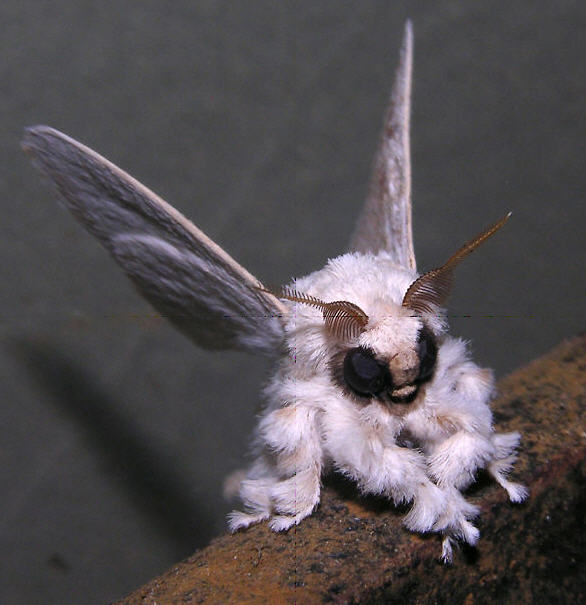
Discovered in Venezuela in 2009, this new species of alien-looking moth has poodle-like fur covering its head, thorax, abdomen, and even its wings.
Glaucus Atlanticus
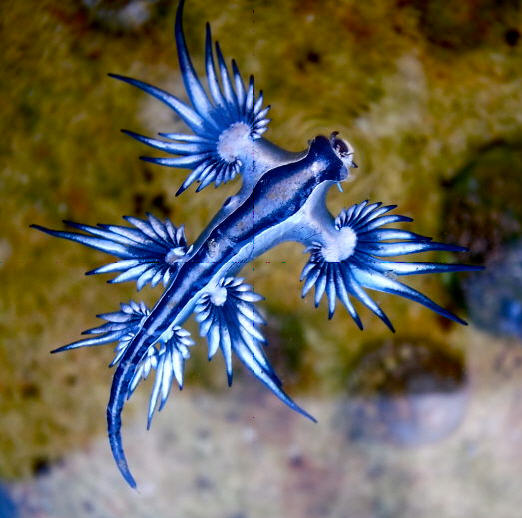
Also known as the blue dragon, this creature is a species of blue sea slug. You could find it in warm waters of the oceans, as it floats on the surface because of a gas-filled sack in its stomach.
Dumbo Octopus
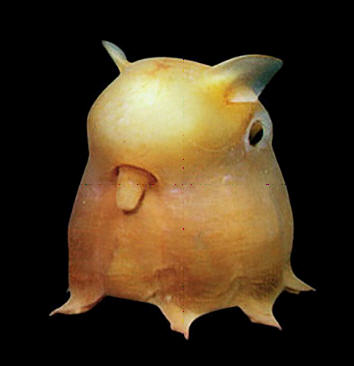
Dumbo octopus is an umbrella octopus found all around the world. Its name comes from Disney’s “Dumbo” because of the creature’s ears bearing similarity to the movies’ title character.
Macropinna Microstoma
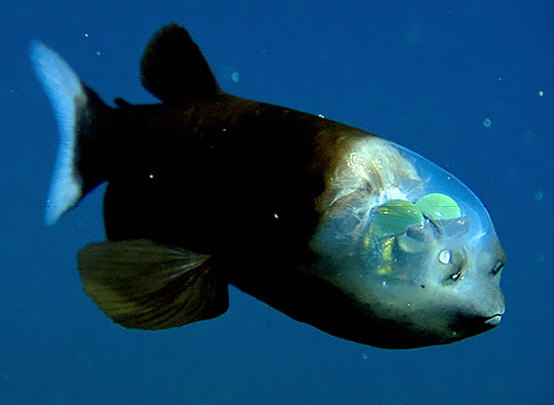
Macropinna microstoma is a species of fish that lives at a depth of about 600 metres (2,000 ft) to 800 metres (2,600 ft), hanging nearly motionless in the water. It is quite unusual with a transparent, fluid-filled dome on its head, through which the lenses of its eyes can be seen.
Irrawaddy Dolphin
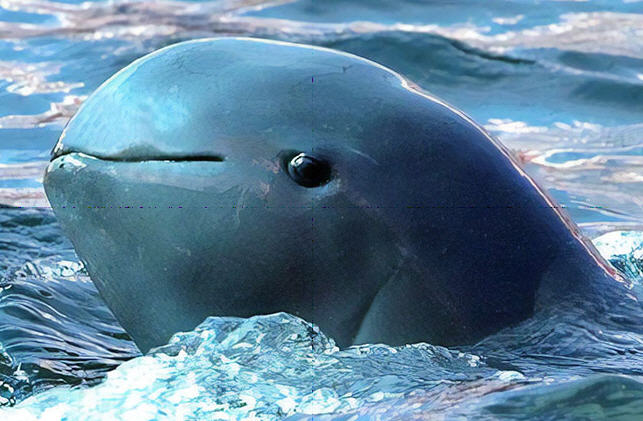
Irrawaddy Dolphin is an oceanic dolphin found in the Bay of Bengal and Southeast Asia. Its most notable feature is a round head with no distinct beak.
Lowland Streaked Tenrec

Found in Madagascar, Africa, this small Tenrec is the only mammal known to use stridulation for generating sound – something that’s usually associated with snakes and insects.
Red-Lipped Batfish
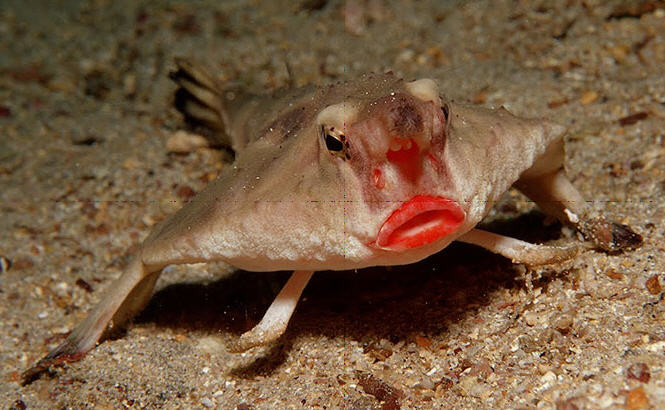
Found on the Galapagos Islands, this fish is actually a pretty bad swimmer, and uses its pectoral fins to walk on the bottom of the ocean.
Sunda Colugo
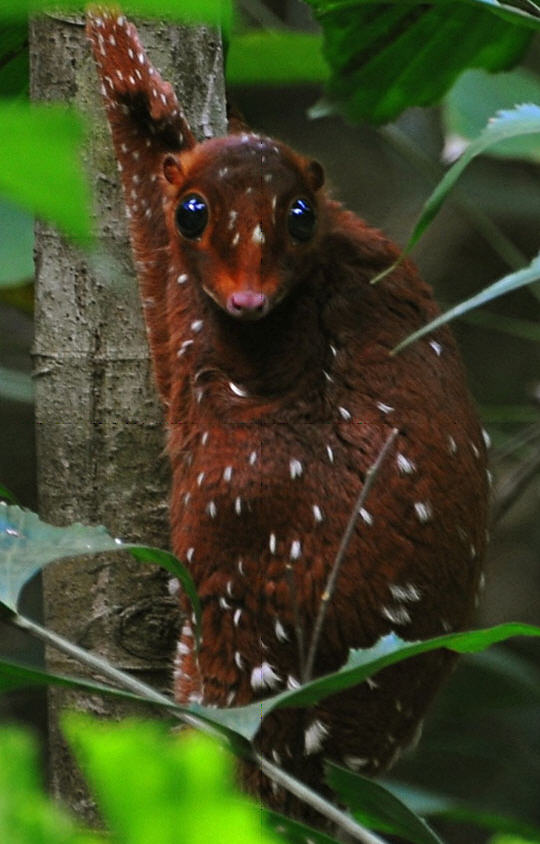
Sunda Colugo or Sunda flying lemur is a species of colugo, native to Indonesia, Thailand, Malaysia, and Singapore. It is not, in fact, a lemur and it does not fly, gliding instead. Sunda Colugo is active at night and feeds on soft plant parts like young leaves, shoots, flowers, and fruits.
Blue Parrotfish
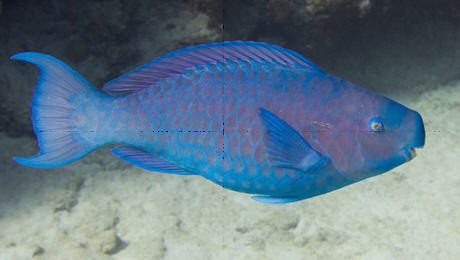
This bright blue fish can be found in shallow water in the tropical and subtropical parts of the western Atlantic Ocean and the Caribbean Sea. They spend 80 percent of their time searching for food and eat small organisms found in the sand and algae that they scrape off rocks.
Glass Frog
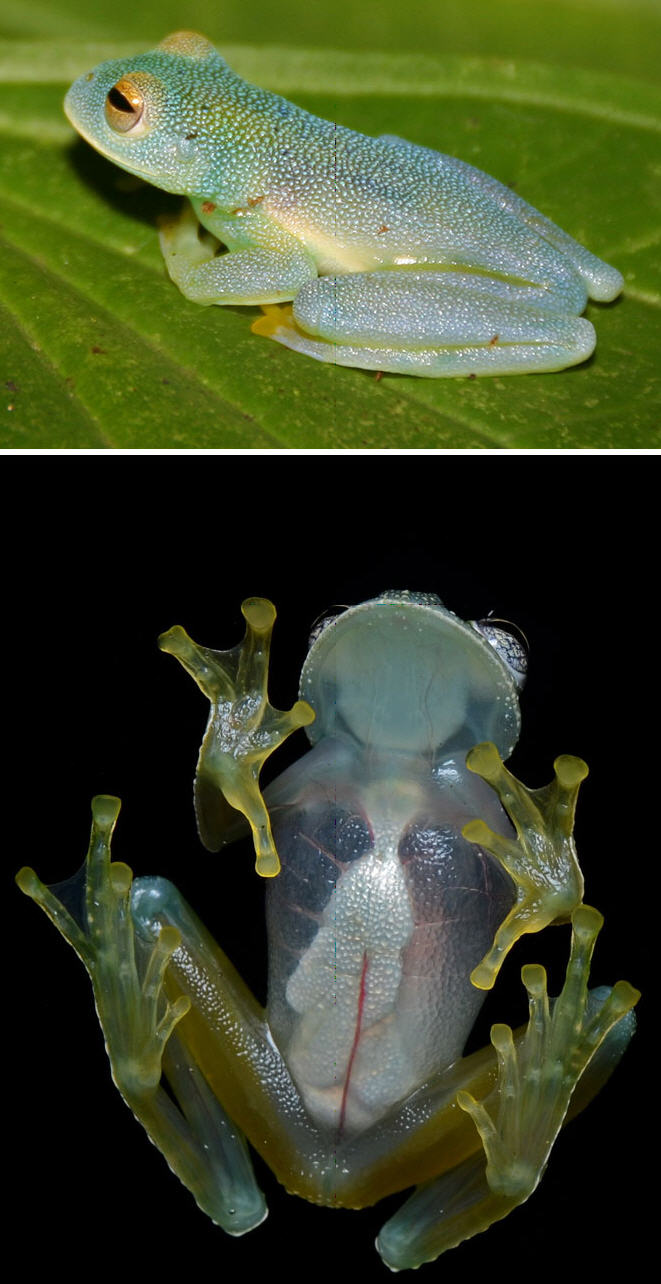
Found in South America, the glass frog is a family of amphibians with some specimens exhibiting an outstanding feature — transparent abdomens. Because the internal viscera is visible through the skin, the common name they are given is glass frogs.
Fossa

Fossa is a cat-like mammal that lives in Madagascar. Its classification has been controversial because physically it resembles a cat, while other traits suggest relation to viverrids. Genetic research has shown that they are actually their own separate species.
Panda Ant
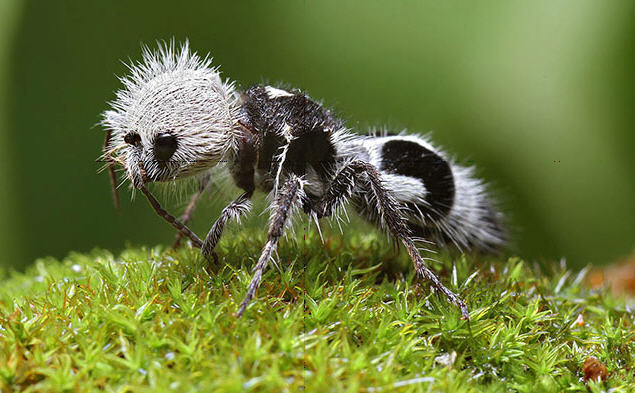
Despite looking like an ant and being referred as such, it is in fact a form of wingless wasp. This insect is also known as cow-killer. Females possess thicker fur but lack wings. The furry panda ant lives for about 2 years.
Tufted Deer
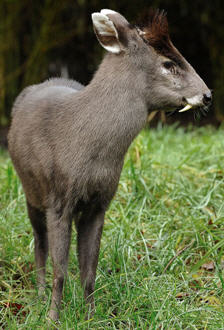
Found in central China, the tufted deer is a small species of deer characterized by a prominent tuft of black hair on its forehead and fang-like canines for the males. It is a timid, mainly solitary creature, that sometimes lives in pairs and enjoys living in areas with good cover.
Honduran White Bat

The Honduran white bat has distinctive white fur, with tips of individual hairs being gray as well as a leaf-shaped nose. They live in leaf ‘tents’ that they ‘build’ by cutting the side veins extending out from the midrib of large leaves.
Japanese Spider Crab

The Japanese spider crab lives in the waters near Japan and has the largest leg span of any arthropod, reaching up to 5.5 meters (18 ft). Despite looking ferocious, the crab has been reported to have a gentle disposition.
Saiga Antelope
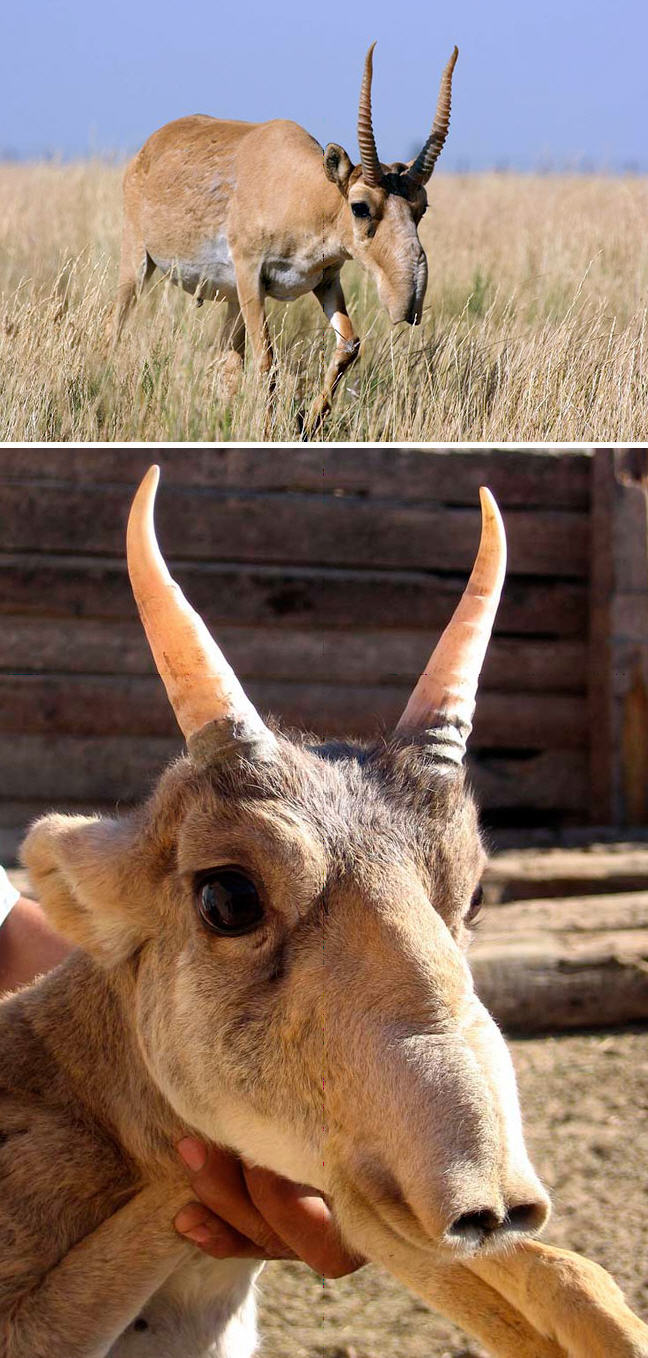
This Saiga, spread around the Eurasian steppe, is known for its an extremely unusual, over-sized, flexible nose structure, the proboscis. It is a critically endangered antelope.
Spiny Bush Viper
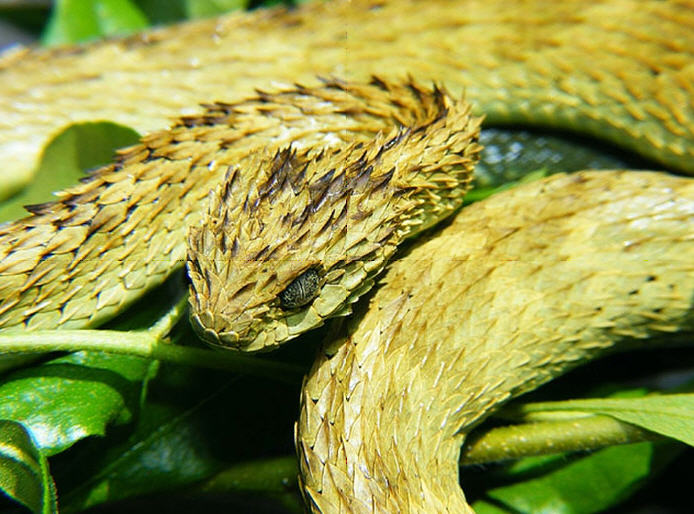
Spiny bush Viper (Atheris hispida) is a venomous viper from Central Africa. For their extremely keeled dorsal scales they are often called “rough-scaled bush viper” and “spiny bush viper”.
Leafy Seadragon
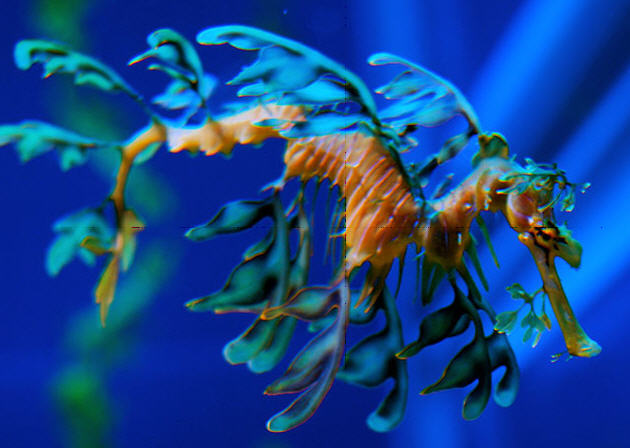
Found along the southern and western coasts of Australia, the Leafy Seadragon is a marine fish with long leaf-like protrusions coming from all over the body, that serves as camouflage.
Atretochoana Eiselti Or ‘Floppy Snake’
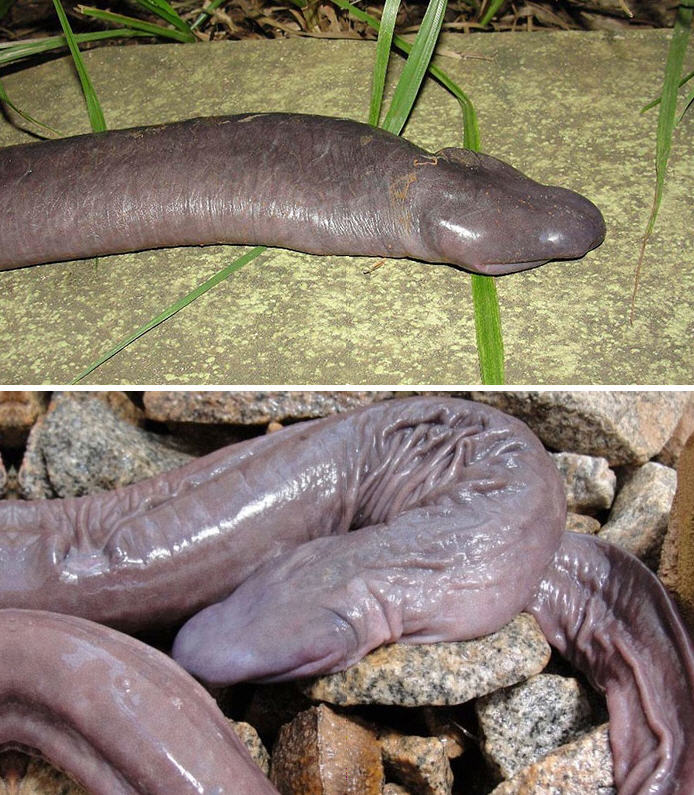
Two preserved specimens of the Atretochoana eiselti, originally discovered in the Brazilian rainforest, were all that were believed to exist of this rather unusual creature. Found in the late 1800s on an expedition, this species of caecilian was rediscovered in 2011 in the same region. The ‘penis snake’ as it has since been dubbed due to its appearance, is the largest of the few known lung- less tetrapods. Its species, caecilian, is a group of limbless, serpentine amphibians that are snake like in appearance, but have rings like a earth worm.
Dik-Dik
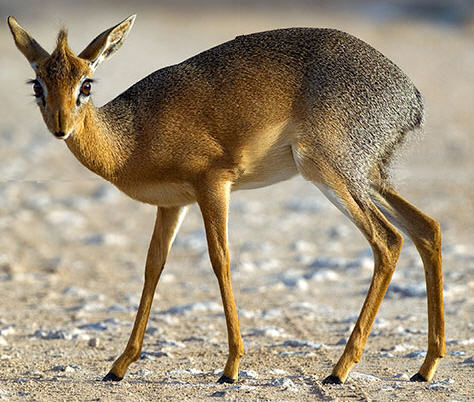
Found in the bushlands of eastern and southern Africa, dik-dik is the name for any of four species of small antelope in the genus Madoqua. Dik-diks are herbivores that can tolerate air temperatures of up to 40 °C (104 °F).
Lilac-Breasted Roller
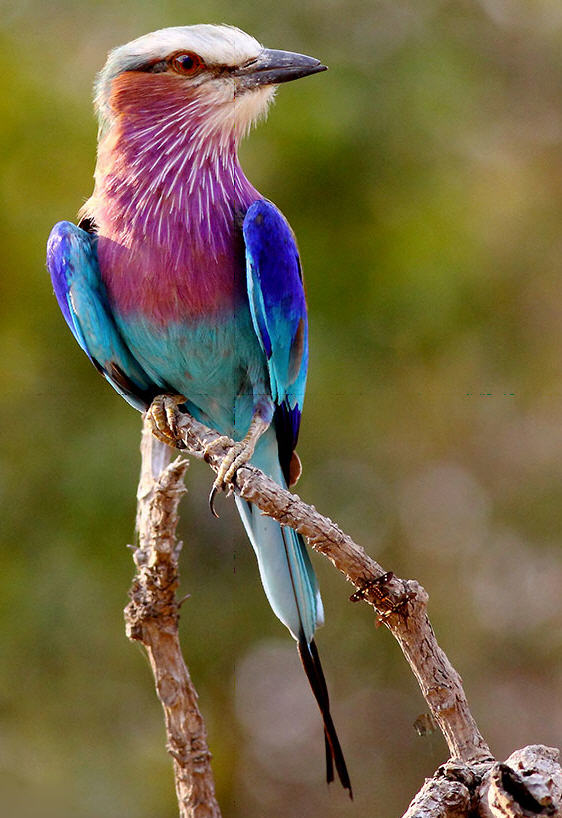
Widely distributed in sub-Saharan Africa and the southern Arabian Peninsula, the lilac-breasted roller is a colorful bird that likes perching in high trees and other vantage points where it can spot prey at ground level. Their bright plumage is unmistakable with deep lilac breast feathers.
Mata Mata
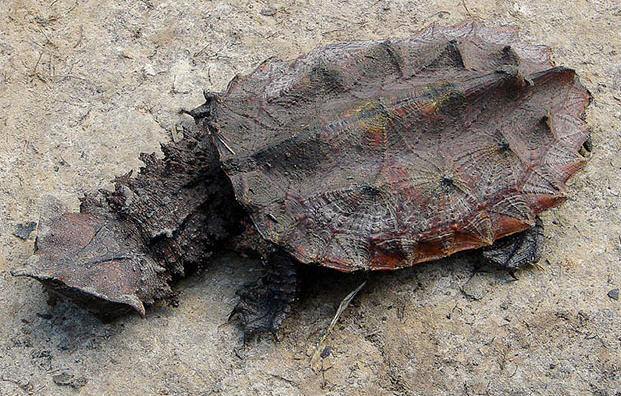
Found in South America, the Mata Mata is a freshwater turtle known for a large, triangular, flattened head characterized with many tubercles and flaps of skin, and a “horn” on its long and tubular snout.
Sea Pig

Scotoplanes are sea cucumbers that live on deep ocean bottoms, specifically on the abyssal plain in the Atlantic, Pacific and Indian Ocean, typically at depths of over 1000 meters. They are deposit feeders, and obtain food by extracting organic particles from deep-sea mud.
Superb Bird-Of-Paradise

Superb bird-of-paradise is a small bird that has a small female population, therefore the competition amongst males is fierce. Because of that, they have one of the most bizarre and elaborate courtship displays in the avian world. The male is black with an iridescent green crown, blue-green breast cover and a long velvety black erectile cape covering his back, while the female is a reddish-brown bird with brownish barred buff below.
Satanic Leaf-Tailed Gecko
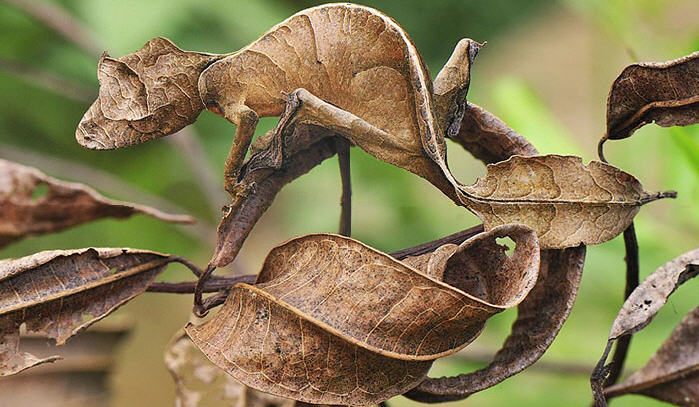
Satanic leaf-tailed gecko is a species of gecko that is found on the island of Madagascar. Their tail is flattened and appears to look like a leaf, helping the animal blend in within the environment.
Halitrephes Jelly
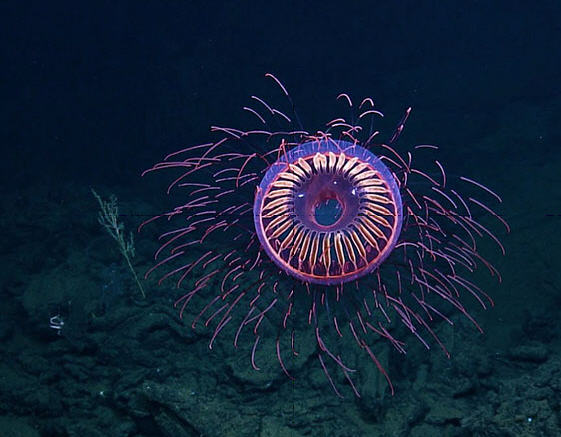
Halitrephes is a type of deep sea hydrozoan that lives at a depth of 4,000-5,000 feet.
Pink Fairy Armadillo
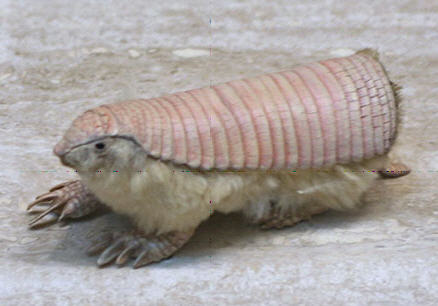
Found in central Argentina, the pink fairy armadillo is the smallest species of armadillo. They have small eyes, silky yellowish white fur, and a flexible dorsal shell that is solely attached to its body by a thin dorsal membrane.
Okapi
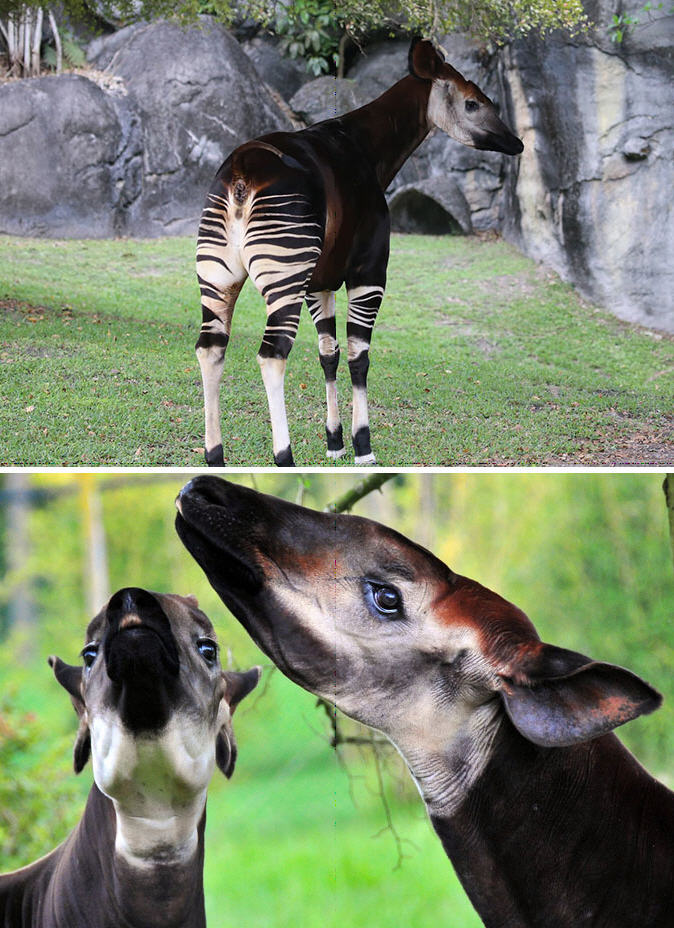
This mammal is native to the Democratic Republic of the Congo in Central Africa. Despite the zebra-like stripes, it is actually more closely related to giraffes. Okapi’s coat is a chocolate to reddish brown, much in contrast with the white horizontal stripes and rings on the legs and white ankles.
Maned Wolf
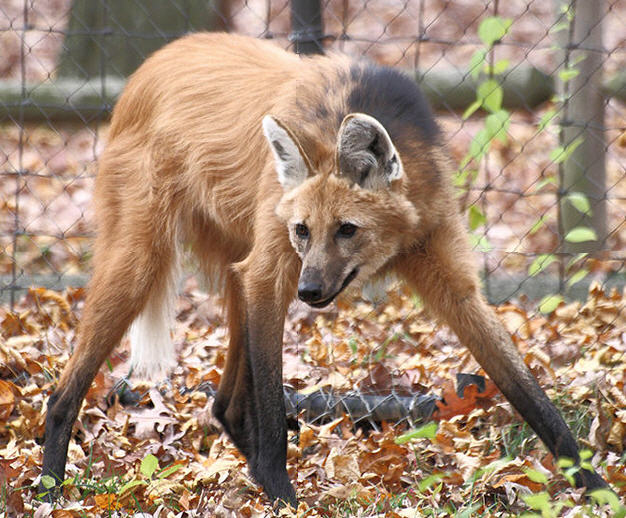
Maned Wolf is the largest canid found in South America. It bears a striking resemblance to foxes, but is neither a fox now a wolf. The maned wolf participates in symbiotic relationships with other species and is shy around humans.
Star-Nosed Mole
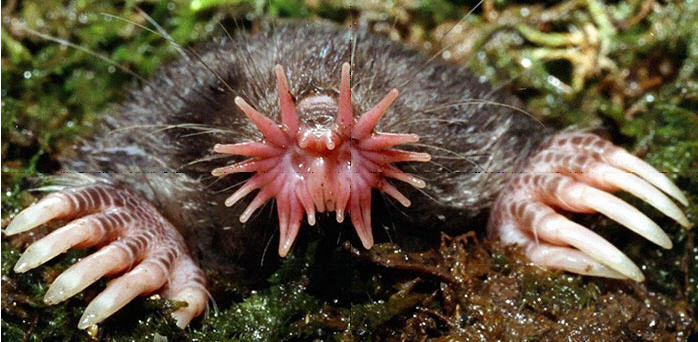
A a small mole found in wet low areas in the northern parts of North America, Star-nosed mole is easily identifiable by its snout which is used as a touch organ with more than 25,000-minute sensory receptors. Named Eimer’s organs, the receptors are great at detecting seismic waves.
Blobfish
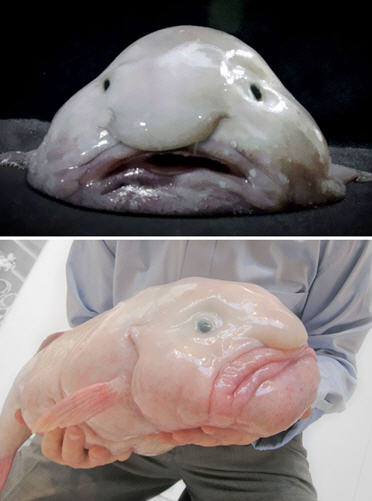
The blobfish is a deep sea fish that inhabits the deep waters off the coasts of mainland Australia and Tasmania, Zealand. The body of the blobfish is primarily a gelatinous mass with a density slightly less than water and this allows it to float above the sea floor without expending energy on swimming. They only appear droopy when taken out of the sea, when pressure changes drastically.
Pacu
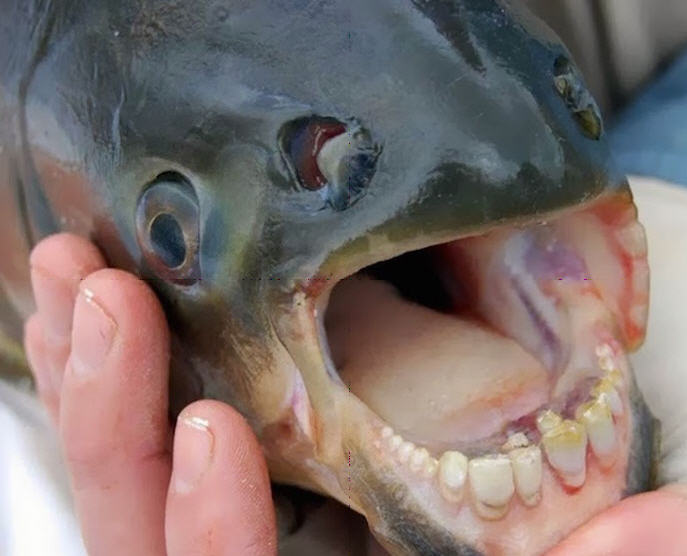
Pacu have square, straight teeth, which are uncannily similar to human teeth. Pacu, unlike piranha, mainly feed on plant material and not flesh or scales.
Golden Tortoise Beetle

Native to the Americas, the golden tortoise beetle is a species of beetle that varies in color from reddish-brown with black spots through gold, and often metallic, earning it the nickname “goldbug”. It tends to switch color in different conditions, such as during mating, and during times of disturbance, such as when it is touched by a researcher.
Gobi Jerboa
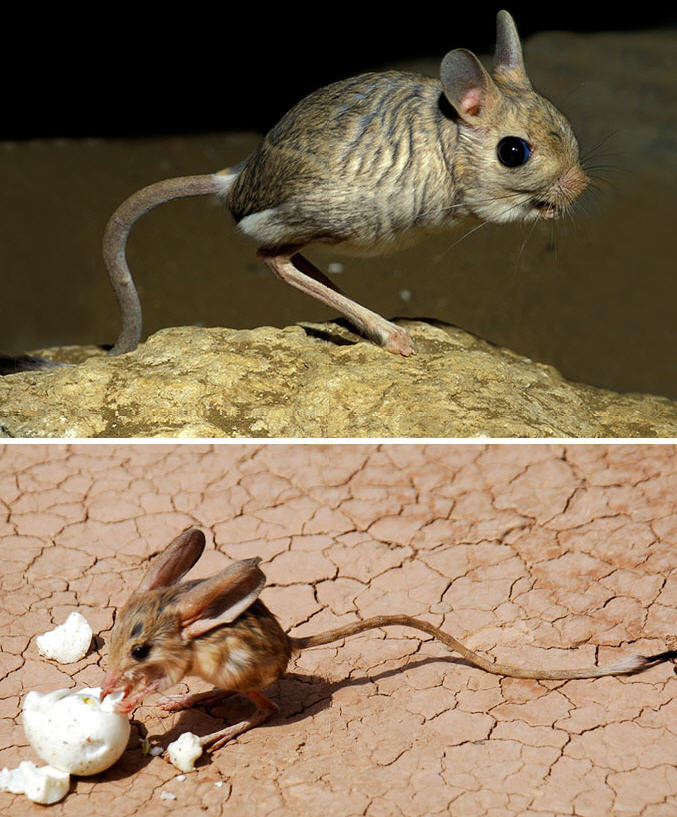
Found in China and Mongolia, The Gobi Jerboa is a species of rodent that lives in desert and steppe habitats. They have a long tail that helps them to accelerate their bipedal gallop. The most distinct feature is Gobi Jerboa’s ears that are almost as three times as large as their heads and give them a very keen hearing sense.
Sea Pen

Sea Pen is a colonial animal with multiple polyps that ‘root’ itself in sandy or muddy substrate. They mainly catch plankton. When touched, some sea pens emit a bright greenish light.
Axolotl

Also known as a Mexican salamander, the axolotl is a critically endangered salamander. They are used extensively for research because of their regenerative qualities.
Narwhal

This medium-toothed whale has a large “tusk” from a protruding canine tooth and is found in the arctic, has been valued for over 1000 years by the Inuit people for its meat and ivory. Narwhals, however, are especially vulnerable to climate change.
Mantis Shrimp
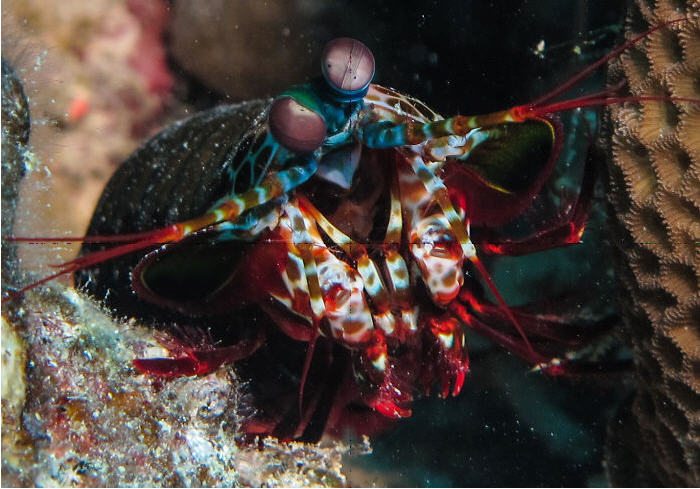
Also called the “sea locusts“, “prawn killers” and even “thumb splitters”, this is one of the most common predators in tropical and sub-tropical waters. They have powerful claws that are used to attack and kill prey by spearing, stunning, or dismembering. Some larger species could even break through aquarium glass.
Shoebill
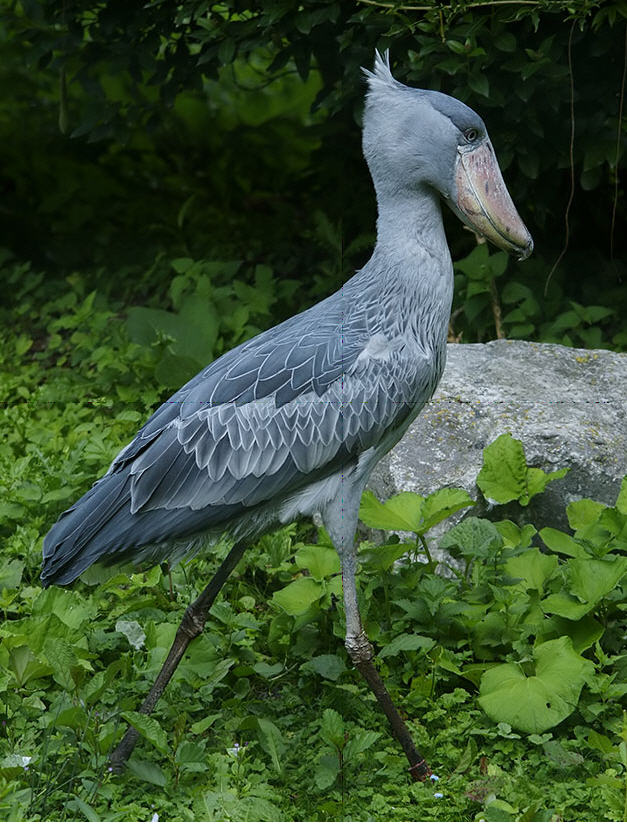
Shoebill is a large stork-like bird which gets its name from its enormous shoe-shaped beak. The bird lives in tropical east Africa in large swamps and is known for its slow movements and tendency to stay still for long periods thus species getting described as “statue-like”.
Patagonian Mara
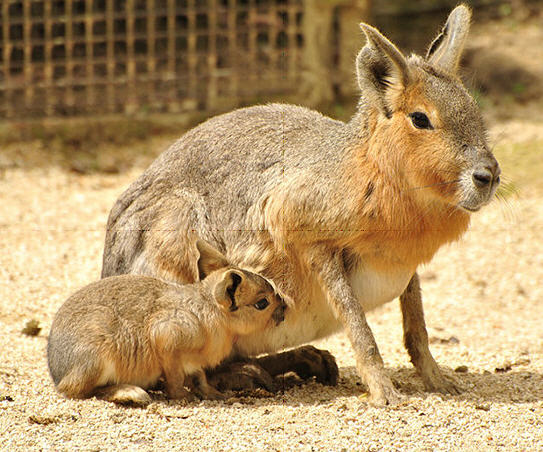
Found in Argentina, the Patagonian Mara is a large rodent. While it is monogamous, the animal often breeds in warrens that are shared by several pairs. They mostly resemble hares.
Goblin Shark

This rare shark is sometimes even called a “living fossil”, “is the only extant representative of the family Mitsukurinidae, a lineage some 125 million years old.” Goblin sharks inhabit the depths greater than 100 m (330 ft), with adults found deeper than juveniles. Given the depths at which it lives, the goblin shark poses no danger to humans.
Hummingbird Hawk-Moth

As this hawk-moth feeds on flowers and makes a similar humming sound, it looks a lot like a hummingbird. What’s interesting is that it is surprisingly good at learning colors.
Yeti Crab

Kiwa hirsuta, or “yeti crab” is a crustacean notable for the quantity of silky blond setae covering its thoracic legs, including claws. It lacks pigment and has reduced eyes, which is why it’s thought to be blind.
Sri Lanka Frogmouth
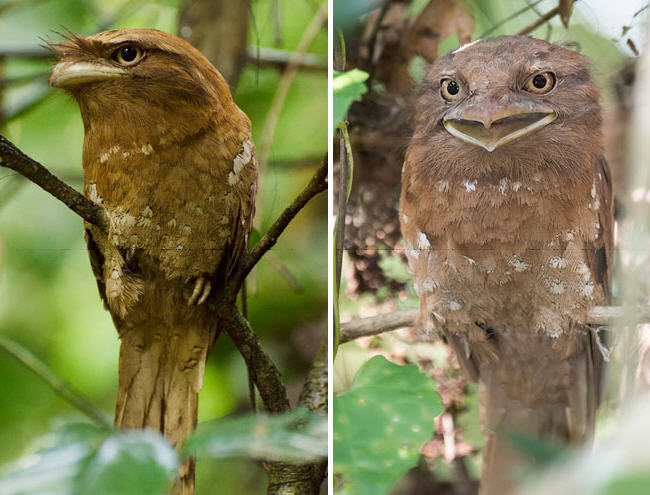
Sri Lanka Frogmouth is found in the Western Ghats of south India and Sri Lanka. A nocturnal bird, Sri Lanka Frogmouth has a wide and hooked bill with slit-like nostrils and a large head with eyes facing forward to provide a wide field of binocular vision.
Long-Wattled Umbrellabird
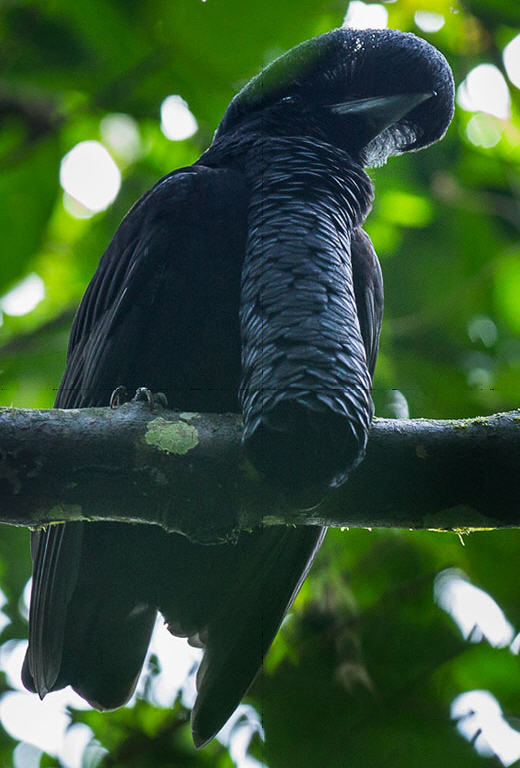
Native to Colombia, the Long-Wattled Umbrella Bird is a fruit-eating bird. The male is distinguished by a large throat wattle of feathers, while females and juveniles have no or a much smaller wattle.
Dugong
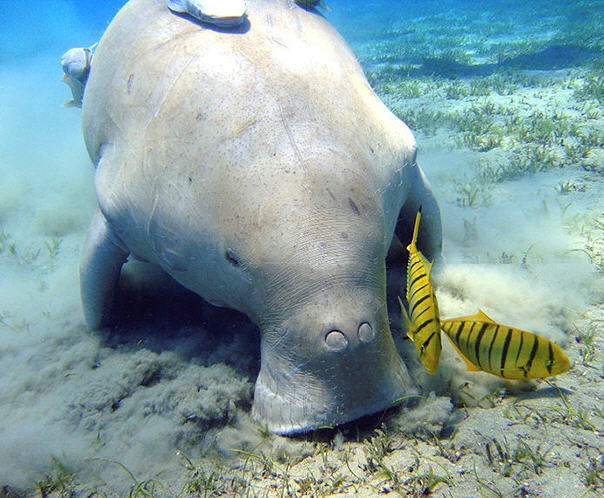
A medium-sized marine mammal, Dugong is the only sirenian (Sea Cow) in its range, which spans the waters of some 40 countries and territories throughout the Indo-West Pacific. They are considered as the inspiration for mermaids. The Dugong’s body is large with a cylindrical shape that tapers at both ends.
Giant Isopod
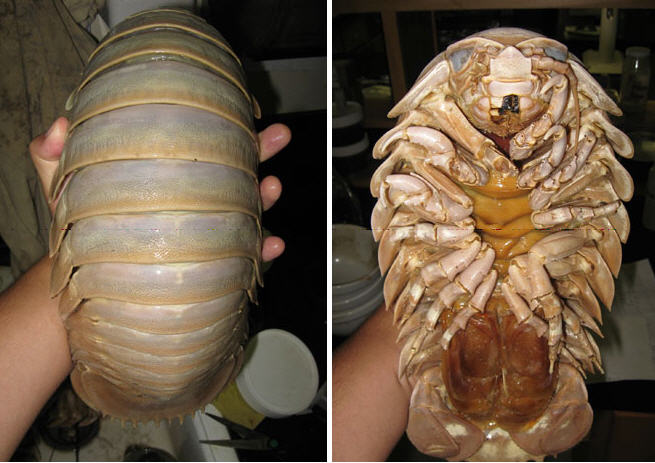
This one is the largest of the existing isopods. They’re a good example of deep-sea gigantism, as they are far larger than the “typical” isopods that are up to 5 centimetres (2.0 in).
Aye-Aye

Native to Madagascar, aye-aye is the world’s largest nocturnal primate. The most defining characteristic is aye-aye’s way of feeding; the aye-aye taps on trees to find grubs, then gnaws holes in the wood using its forward slanting incisors to create a small hole in which it inserts its narrow middle finger to pull the tasty treat out.
Cantor’s Giant Softshell Turtle
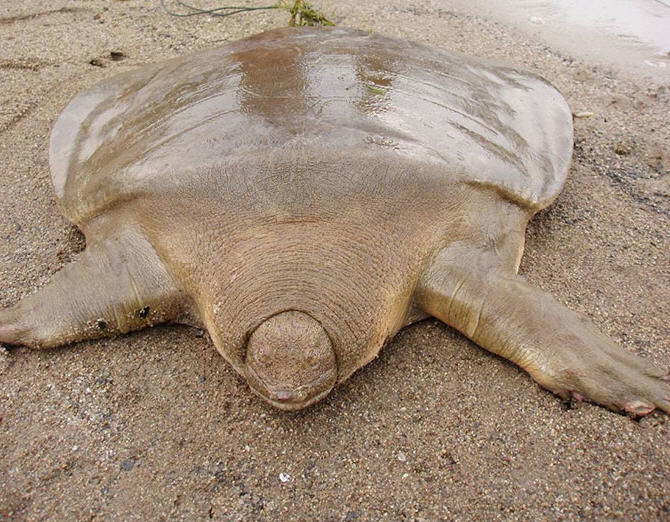
Cantor’s Giant Soft-shell Turtle is a freshwater turtle that lives in Southeast Asia. It is relatively unstudied and considered endangered species. The turtle has a broad head and small eyes close to the tip of its snout and spends most of the time buried and motionless, resurfacing only twice a day to breathe.
Silkie Chicken
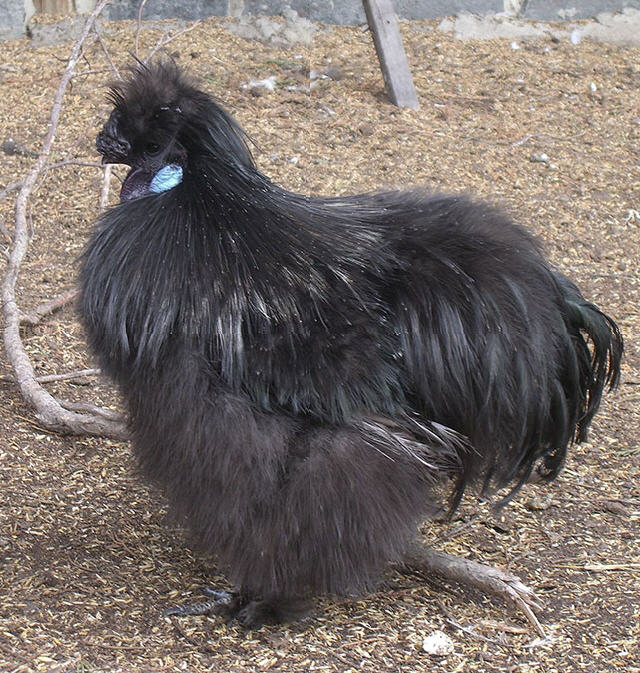
Named for its fluffy plumage that feels like silk, the Silkie is a breed of chicken known for its unusual qualities like black skin and bones, blue earlobes, and five toes on each foot, where most chickens only have four. They are among the most docile of poultry, having a calm, friendly temperament.
Gerenuk
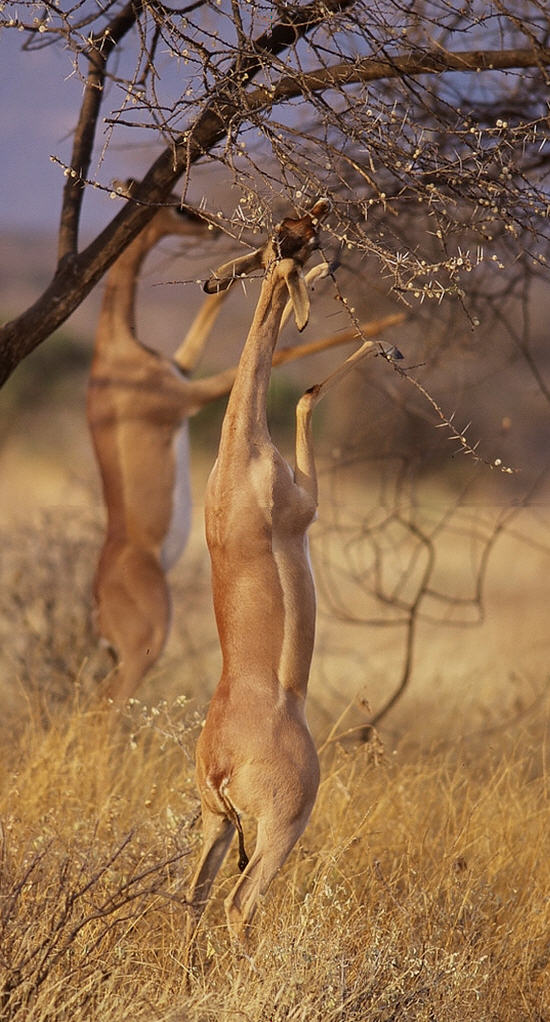
Found in Africa, Gerenuk is a long-necked antelope with a long, slender neck and limbs. Also known as giraffe gazelle, the animal spends most of the day foraging and feeding.
Buff-Tip Moth
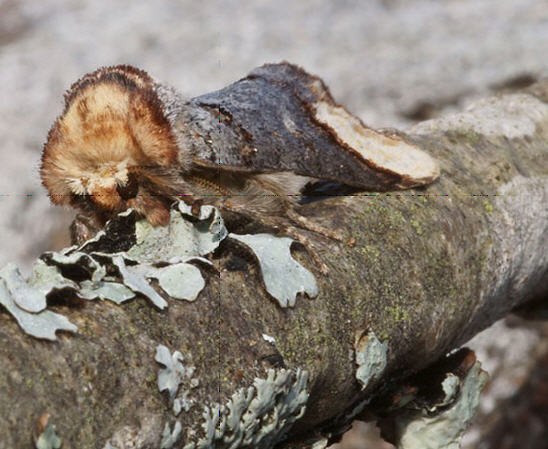
Found in Europe and Mongolia, the Buff-Tip is a quite large moth that resembles a broken twig when resting. Buff-Tip’s hind wings are creamy-white.
Snub-Nosed Monkey
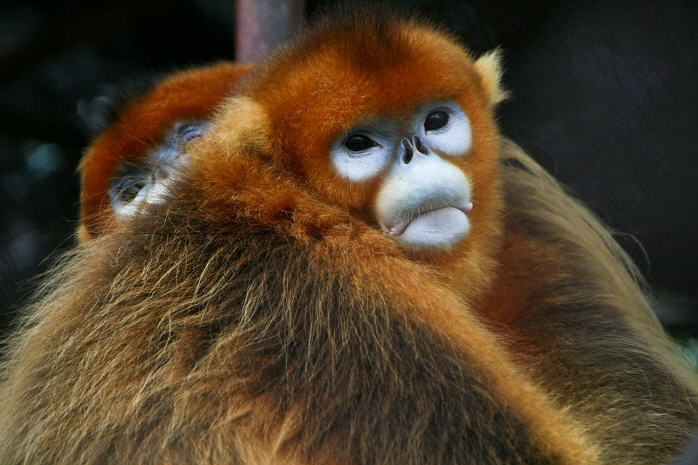
Native to Asia, Snub-Nosed Monkeys get their name from the short stump of a nose on their round faces, with nostrils arranged forward. They have a multicolored and long fur and grow up to 51 to 83 cm tall.
Aardvark

Native to Africa, the aardvark is a medium-sized, burrowing, nocturnal mammal that has a long pig-like snout, which it uses to sniff out food. It feeds on ants and termites, which it will dig out of their hills using its sharp claws and powerful legs.
Naked Mole-Rat

Also known as the Sand Puppy, the Naked Mole-Rat is a burrowing rodent found in parts of East Africa. Thanks to its unusual set of physical traits it thrives in a harsh underground environment and is the only mammalian thermoconformer, almost entirely ectothermic (cold-blooded) in how it regulates body temperature. The naked-mole rat lacks pain sensitivity in its skin, and has very low metabolic and respiratory rates.
Indian Purple Frog
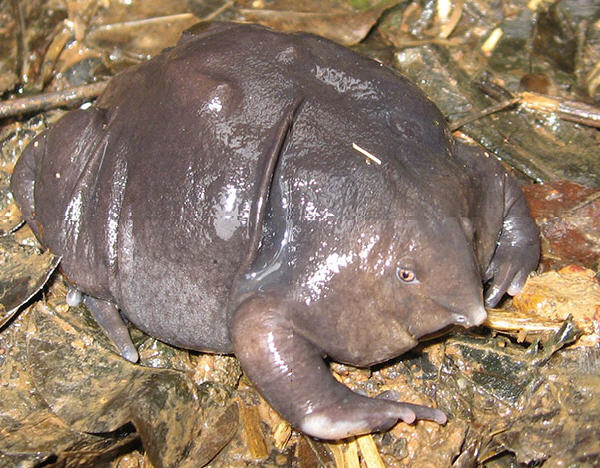
Found in India, this species of frog has bloated body and an unusually pointy snout. The frog spends most of its life underground and surfaces only during the monsoon, for mating.
Thorny Devil
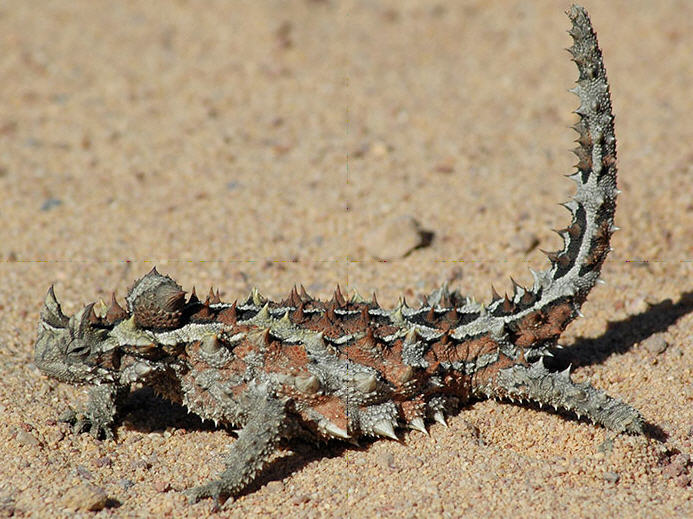
Thorny Devil, also called thorny dragon is a lizard found in Australia. The lizards are colored in camouflaging shades of desert browns and tans that change from pale to dark depending on the season. In addition to sharp spikes that cover its skin, thorny devil also has a fake head that it presents when threatened.
Babirusa
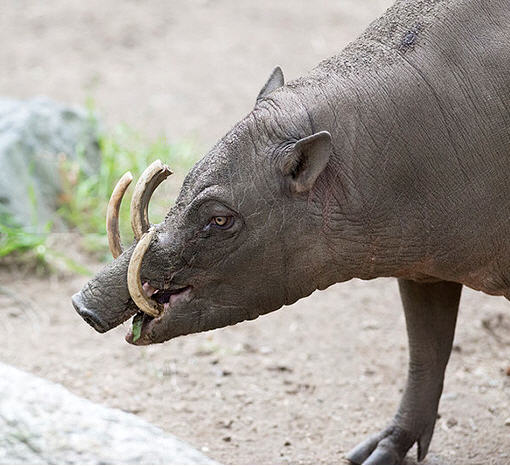
Also known as a deer-pig, Babirusa is a type of swine found in Indonesia. They are most notable for large upper canines in the males that can grow up to 40cm long.
Sea Lamprey
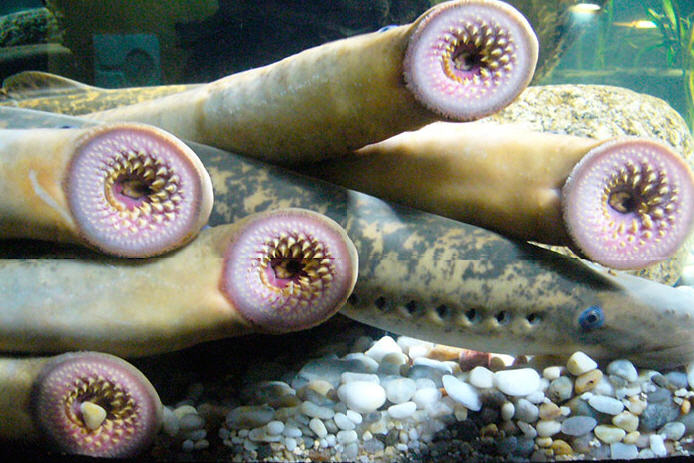
The Sea Lamprey is a parasitic lamprey that lives in the Northern Hemisphere. Its mouth is jawless, round and sucker-like, with sharp teeth arranged in many circular rows.
Umbonia Spinosa
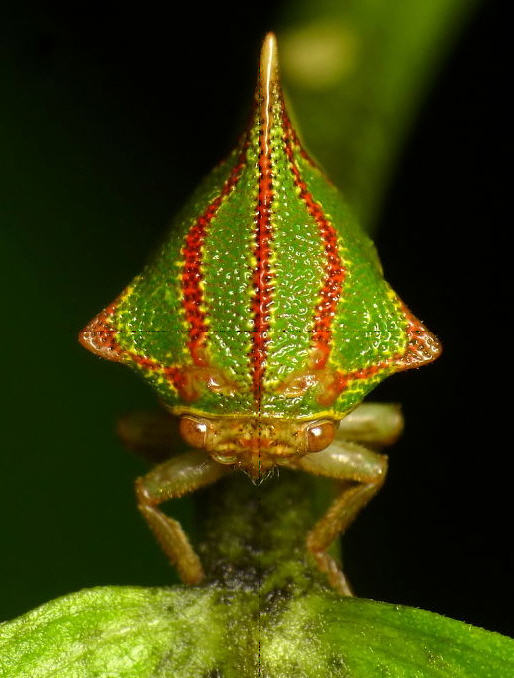
Umbonia Spinosa is a type of thorn bug, native to South America. They use their beaks to pierce plant stems to feed upon their sap.
Warty Frogfish

The warty Frogfish is also known as Clown Frogfish and has a globulous, extensible body, and its soft skin is covered wart-like protuberances. Their large mouth allows them to consume prey as big as their own bodies.
Bombadier Beetle
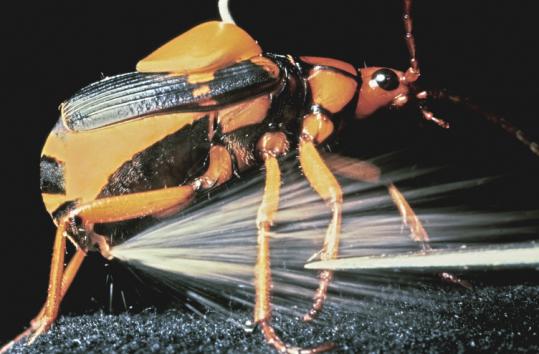
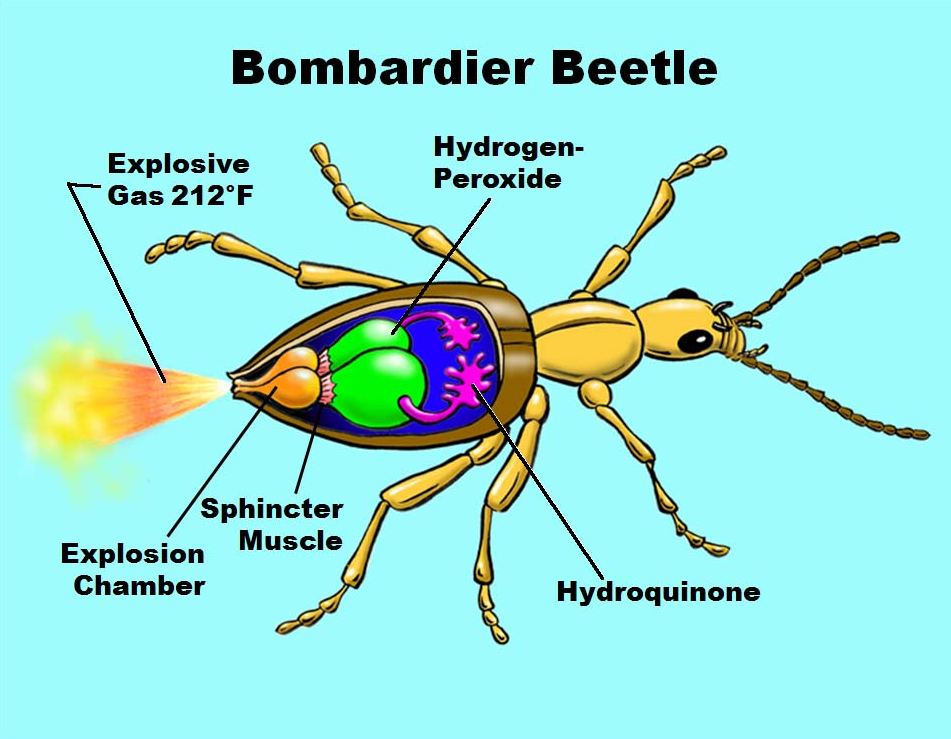
Bombardier beetles are ground beetles in the tribes Brachinini, Paussini, Ozaenini, or Metriini—more than 500 species altogether—which are most notable for the defense mechanism that gives them their name: when disturbed, they eject a hot noxious chemical spray from the tip of the abdomen with a popping sound.
BEEFSTEAK FUNGUS

The Beefsteak Fungus, also known as Fistulina hepatica, Ox Tongue, or Tongue Mushroom, is a unique type of mushroom that is commonly found on oak and chestnut trees. It can be seen in various regions including Britain, the rest of Europe, North America, Australia, North Africa, and Southern Africa. This fungus is known for its striking resemblance to a slab of raw meat, hence the name “Beefsteak Fungus”. It’s not just the outer appearance that is meat-like, when you cut it open, it is nicely marbled and bleeds a dull red juice. The Beefsteak Fungus is a type of bracket fungus, meaning it grows on the side of trees and doesn’t have gills or stems like a more traditional idea of a mushroom. It looks like a shelf growing out of a tree. The Beefsteak Fungus is considered edible, even though it has a bit of a sour flavor and needs a long cook time. It has been used as a meat substitute in the past simply because its appearance and texture easily trick the mind. However, older specimens should be soaked overnight, as their juice can cause gastric upset. The Beefsteak Fungus is weakly parasitic and causes brown rot on trees they infect. Mostly, though, they are found on already dead trees where they are saprophytes, decomposing dead organic material. The scientific name Fistulina means “small hollow tubes” (referring to the unique pore structure), and hepatica means “liver-like”. These mushrooms are also known as Ox Tongue fungus, Poor Man’s Steak, Liver Fungus, or Tongue mushroom.